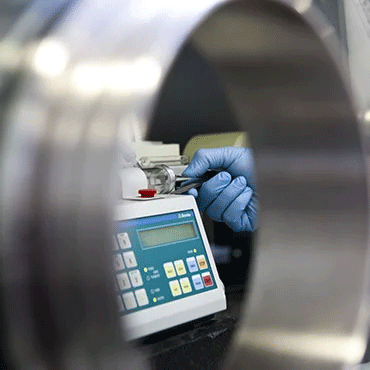OVERVIEW
Low-emissions cable technology
Thanks to its superior performance, reliance and reduced environmental impact, P-Laser is a sustainable technology for renewable energy.
It is a MV, HV and EHV cable concept with an optimized production and supply chain process, that reduce the total cost of ownership and allow grid owners to operate more sustainable.



